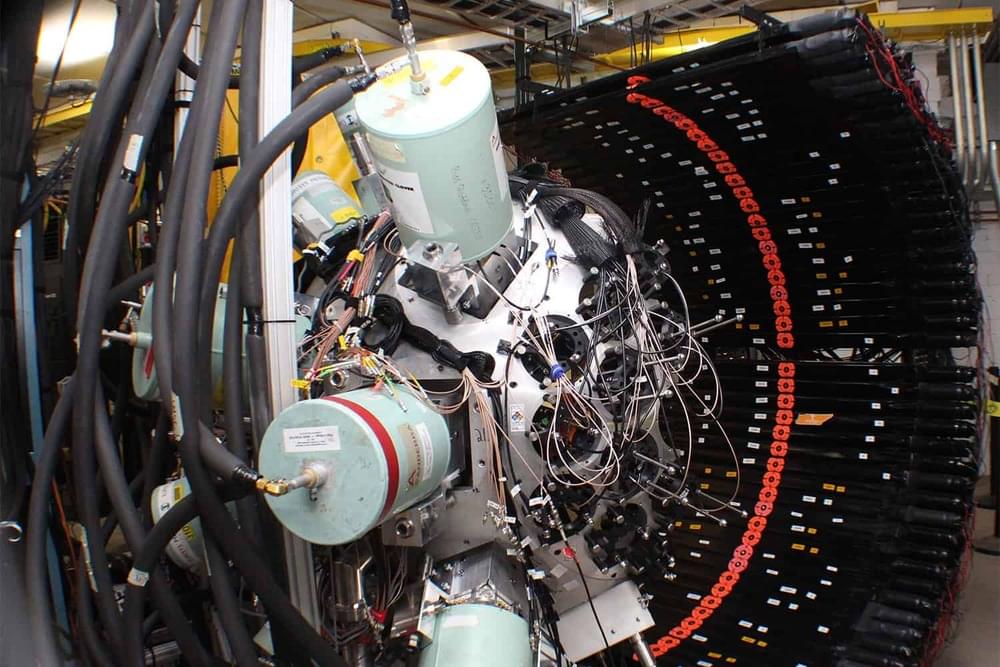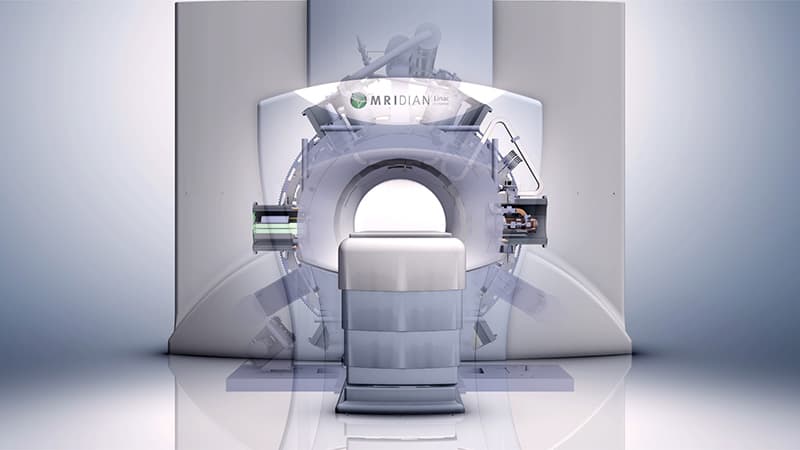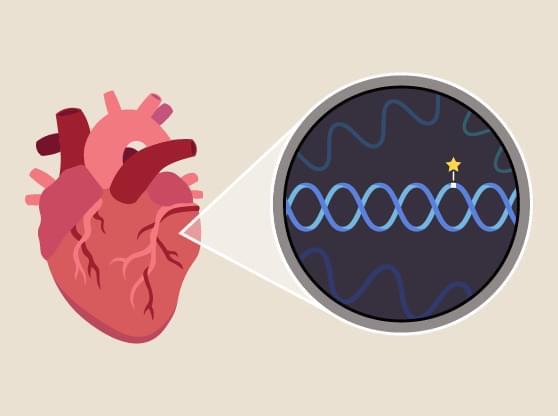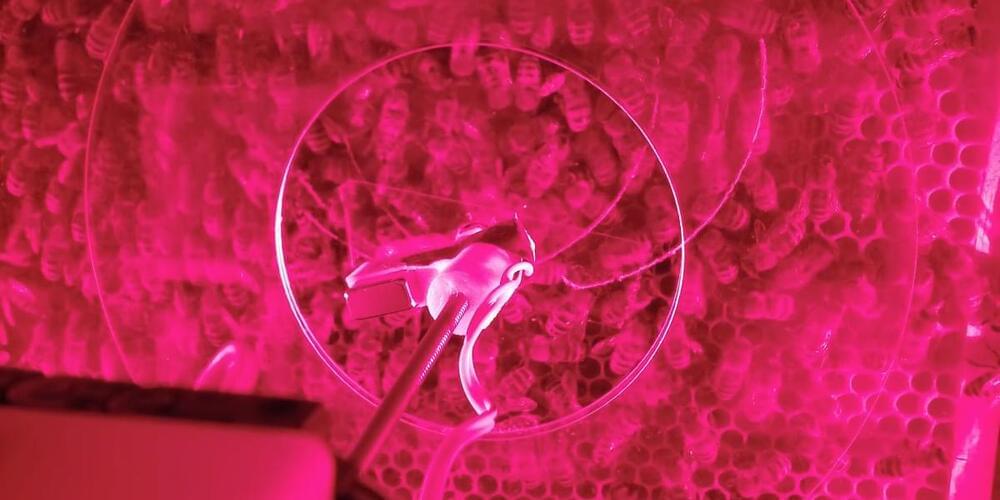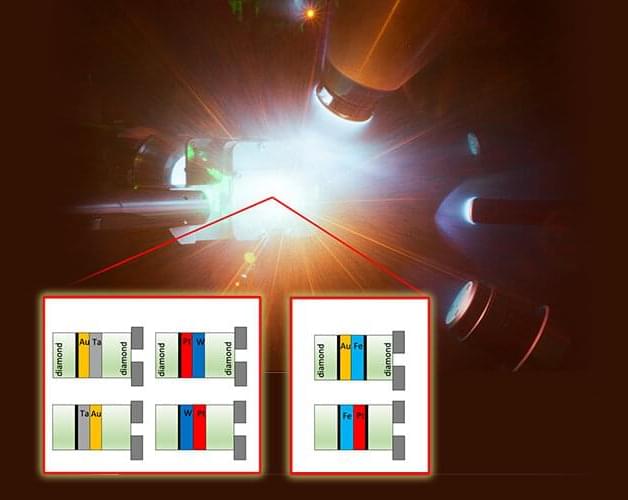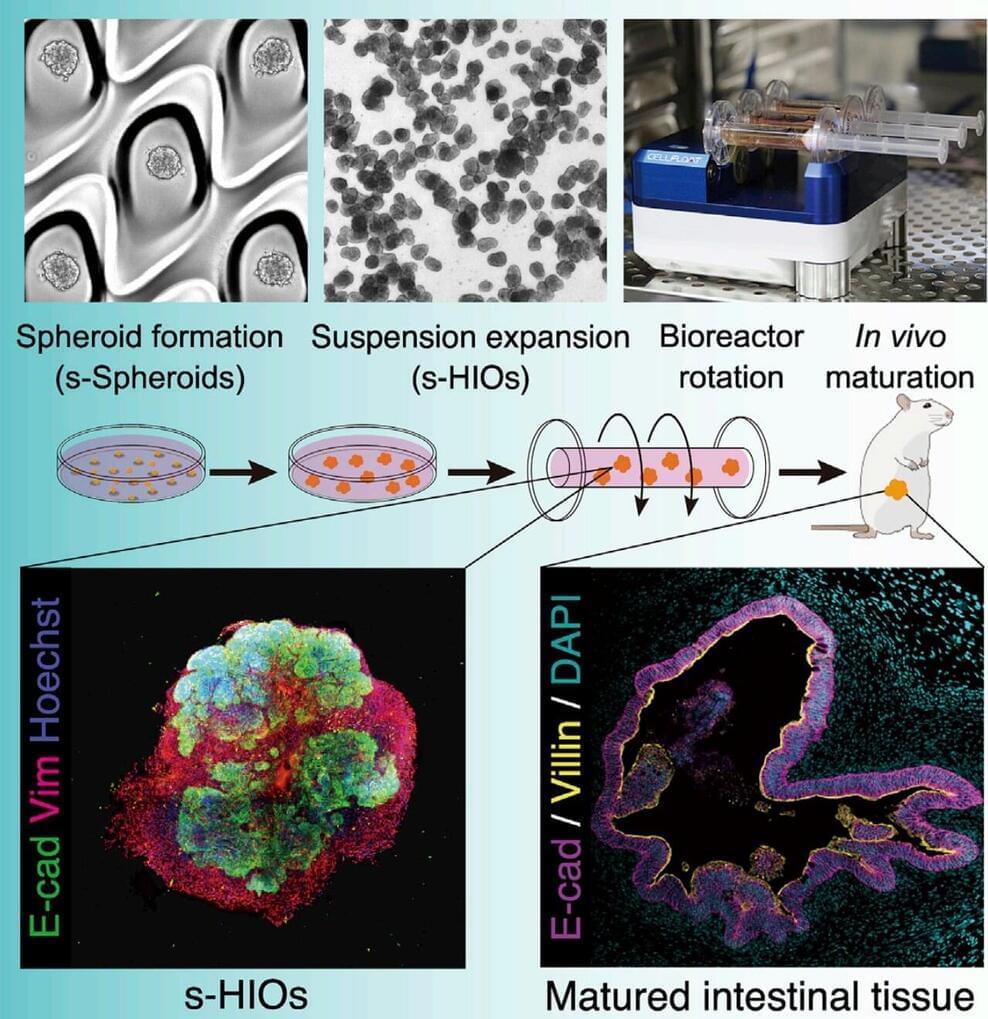Dec 6, 2022
Five new exotic nuclei revealed in first experiment at FRIB
Posted by Shubham Ghosh Roy in category: physics
The first scientific results from the new Facility for Rare Isotope Beams (FRIB) at Michigan State University have been unveiled by physicists in the US. Heather Crawford at Lawrence Berkeley National Laboratory and colleagues have synthesized new neutron-rich isotopes of three different elements. Each nuclei is near the neutron drip line and the team has measured the isotopes’ lifetimes for the first time. The research provides a taste of how physicists will use FRIB to study exotic nuclei.
\r \r.
Costing $730m, FRIB opened earlier this year with the aim of expanding our knowledge of nuclear physics by creating thousands of new isotopes for scientists to study. FRIB comprises a superconducting linear accelerator that can create high-intensity beams of just about every stable isotope. These nuclei are fired at targets, creating unstable isotopes that are collected to form beams – allowing the isotopes to be studied.
